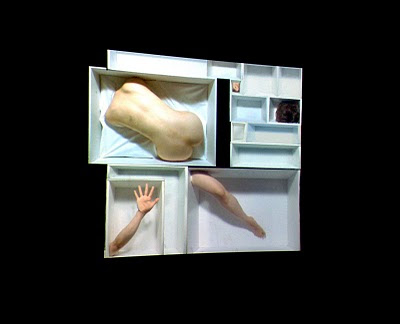
Watching Masterchef is one of my favourite reality TV past times since it is the competitive cut throat of any on-screen competition without the bitchy over-drama that often plagues the genre. And it is creative cooking.
Fine cuisine no less, the painstaking kitchen of the likes of Euro come to keen New Zealand eyes. It leaves me, the foodie that I am, pondering what that tiny droplet which, reportedly, was a sugar shell encasing a drop of olive oil, would taste, feel and be like. Who ever thought that up as the ultimate garnish had something creative going on. And it's always the mysteries of the world which affords curiosity.
Recently I was invited to dinner at Soul, which is possibly the closest I will be to super fine dining in the nearish future. My four ravioli (I regret not ordering six!) sat at the bottom of an interesting visual delight of salad. Prying open the forest of roasted herbs, a bed of cress was revealed. Undoubtedly, the combination of flavours was superb. What got to me was how the dish was designed, so almost unsimple about the way it was formed and given as an experience. After having wrestled with the idea since Creative Collision's conception, I decided that the culinary should take a proud spot on this blog.
Notice the new category 'Culinary' appear on the menu at Creative Collision. Foodie adventures, travels and experiences - only the deliciously creative shall make it to this blog.
 The other day I was talking with some people about drama llamas (and how they stalk us). Then I saw Philip-Lorca diCorcia's photography. It fit.
The other day I was talking with some people about drama llamas (and how they stalk us). Then I saw Philip-Lorca diCorcia's photography. It fit.
 The other day I was talking with some people about drama llamas (and how they stalk us). Then I saw Philip-Lorca diCorcia's photography. It fit.
The other day I was talking with some people about drama llamas (and how they stalk us). Then I saw Philip-Lorca diCorcia's photography. It fit.


 Carrying on from the themes of Constrain, here is an interesting project that tries to draw out the invisible Wifi landscape. Immaterials: light painting WiFi uses a rod of pulsating LEDs with long exposure photography to detect and map Wifi presence. This concept is obviously a mere budding technology, but imagine the practical/aesthetic based awareness-of-Wifi systems such a technology could develop into. In an age where the net is inevitably important, I can see this indicator being applied all over our urban lands in the future.
Carrying on from the themes of Constrain, here is an interesting project that tries to draw out the invisible Wifi landscape. Immaterials: light painting WiFi uses a rod of pulsating LEDs with long exposure photography to detect and map Wifi presence. This concept is obviously a mere budding technology, but imagine the practical/aesthetic based awareness-of-Wifi systems such a technology could develop into. In an age where the net is inevitably important, I can see this indicator being applied all over our urban lands in the future.
